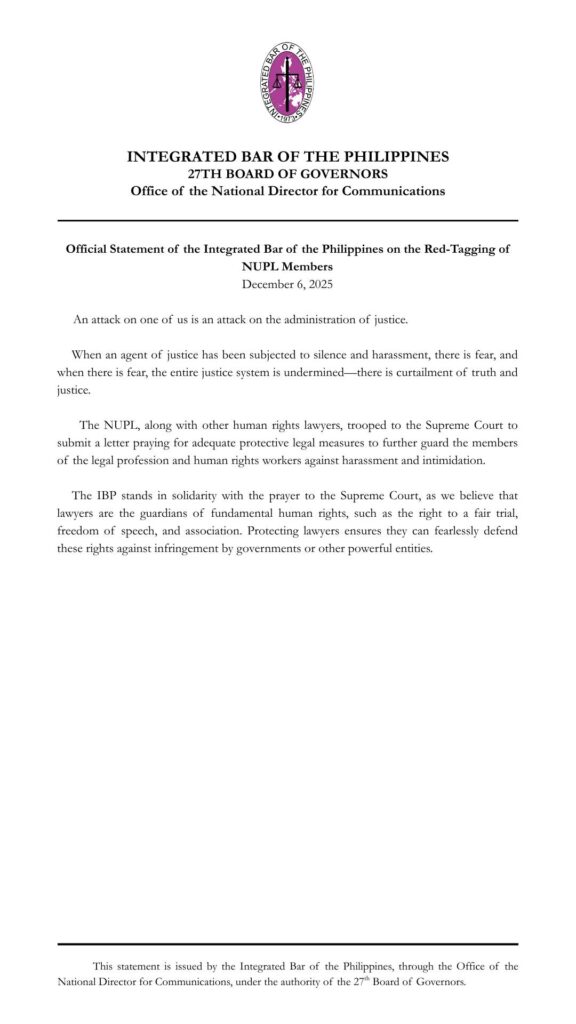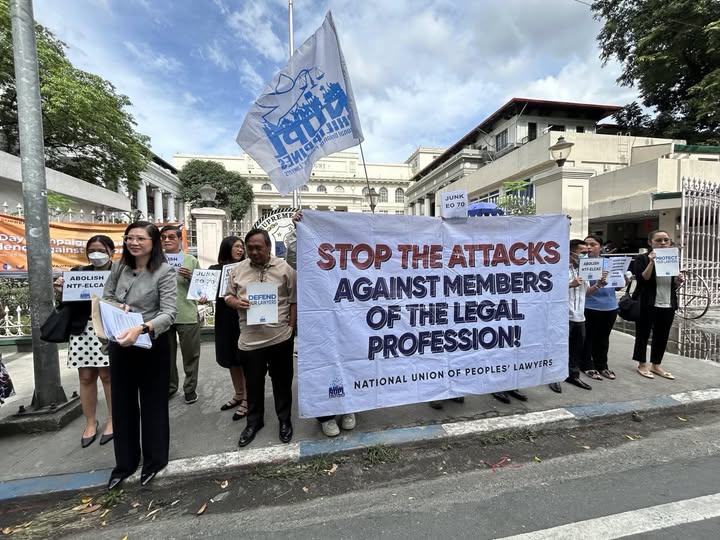The country’s unemployment rate declined in February 2025 as more Filipinos found work in key service sectors due to hot dry season-driven activities ahead of the midterm elections, the Philippine Statistics Authority (PSA) said.
Data released by the PSA on Tuesday, April 8, showed that the unemployment rate stood at 3.8 percent, lower than 4.3 percent in January 2025 but slightly higher than the 3.5 percent recorded in February 2024.
In absolute figures, this translates to 1.94 million jobless individuals in February 2025, up from 1.80 million in the same month last year, but down from 2.16 million in January 2025.
Meanwhile, the underemployment rate for the month declined to 10.1 percent from 12.4 percent in February 2024 to 13.3 percent in January 2025.
In terms of magnitude, 4.96 million of the 49.15 million employed individuals expressed the desire to have additional hours of work in their present job or, to have additional job, or to have a new job with longer hours of work in February 2025.
Despite the year-on-year increase, PSA Undersecretary Dennis Mapa pointed to improved participation in the labor force as a contributing factor.
“Yung ating labor force participation year-on-year ay mas marami ang nag-participate ngayong February 2025 kumpara noong February 2024,” Mapa said in a press briefing.
He noted that while not all job seekers were absorbed by the market, 204,000 of the new entrants found employment, while 141,000 remained unemployed—raising the unemployment rate slightly.
The services sector saw the most significant employment gains, particularly in accommodation and food service activities, which added 377,000 jobs year-on-year.
“Ito ay nagdagdag ng 281,000 sa restaurants and mobile food service, 75,000 sa short-term accommodation activities, at 42,000 sa event catering,” Mapa detailed, attributing this growth partly to consumption trends and possibly to the early effects of the election season.
He added that 41,000 jobs were generated under the “activities of political organizations”, signaling early election-related employment.
Job gains were also notable in wholesale and retail trade, with an increase of 620,000 jobs, mainly in retail sale in non-specialized stores with food, beverages, and tobacco predominating.
“So yes, possibly na this is a growing confidence doon sa ating mga consumers… For (…) February, this is a good sign,” Mapa said.
Meanwhile, managerial positions rose by 499,000, including a 162,000 increase in restaurant managers alone. Sales and service workers also saw a 639,000 jump month-on-month, attributed partly to seasonal spending around Valentine’s Day.
However, agriculture took a hit with nearly 949,000 jobs lost year-on-year, largely due to a steep drop in paddy rice farming and a decline in coconut-related activities.
“Tama ka, medyo substantial yung ating bawas dito… Makikita natin kung may epekto ito sa ating volume of production,” Mapa said, noting that survey results on rice production for Q1 2025 are still being tabulated.
Interestingly, fishing and aquaculture gained 385,000 jobs due to favorable weather allowing more municipal fishing activities.
Underemployment also saw a marked improvement, falling by 1.12 million year-on-year. Mapa said the reduction was spread across various sectors, including personal services, retail trade, transportation, and storage.
“Pag bumababa yung underemployment natin, of course, parang yung quality of job natin ay nag-improve,” he said, though he cautioned that wage data will only be available by April.
When asked if the declining unemployment trend could be sustained through the election period, Mapa said seasonal employment linked to political activities will likely continue until May 2025. Still, the core job drivers remain in services. (TCSP)




